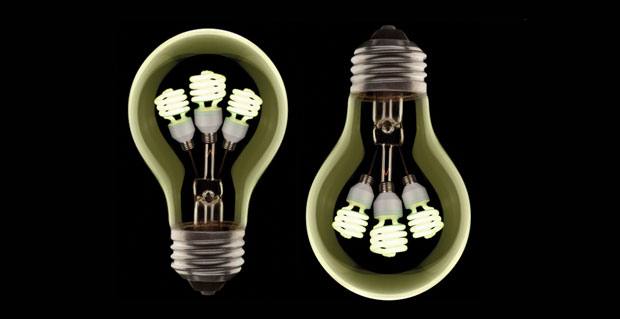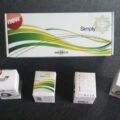It has long been accepted that incandescent light bulbs are no longer the future of household lighting.
Attention is now shifting to their energy saving counterparts. But how do you know which type of energy efficient lighting is best suited to offer you effective light output, with maximum savings?
Compact Fluorescent Lighting (CFL) has been around for quite some time and really emerged as the first alternative to Incandescent lighting. They do offer significant energy savings, but also suffer from a number of well documented problems.
- The efficiency of CFL’s can be considerably reduced if they are switched on for only a number of minutes at a time, sometimes making them even less efficient than the bulbs they were bought to replace.
- They can also take time to “warm up” resulting in lacklustre light output until they do.
- Another issue with CFL bulbs is that they contain a small amount of Mercury. Should a bulb break it is important to make sure that they are disposed of quickly and correctly, as Mercury fumes can be harmful (especially to small children).
In comparison, LED’s come with next to no issues. They also use even less energy than the CFL’s and have an even longer life expectancy.
When it comes to comparing the two, LED Bulbs appear the more efficient light source, and come without any of the problems associated with Compact Fluorescent Lighting.





[…] a small fluorescent light, used as a more efficient alternative to incandescent lighting. However, LED lights have a longer lifespan and use less electricity, so are quickly becoming more popular than CFLs and incandescent […]
[…] LED strip lights have several advantages over other types of lights. LED strips last for around 50,000 hours, approximately twice as long as most types of fluorescent lighting. You can find further comparisons between LED light bulbs and other types of lighting here. LED lights are extremely energy efficient, losing no more than 20 percent of their energy to heat (compare this to an incandescent bulb sacrificing a whopping 80 percent of its energy to heat loss). Using LED light bulbs will result in lower electricity bills, as far less energy is used to produce the light. With none of the toxins contained in incandescent bulbs and CFLs, LEDS are undoubtedly an environmentally friendly lighting choice. More information on the benefits of LED light bulbs can be found here. […]